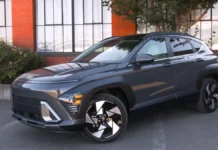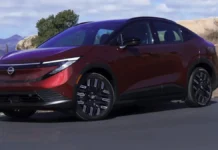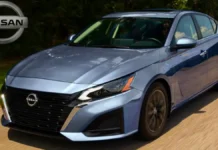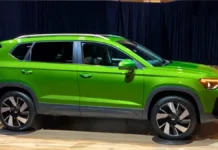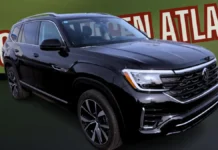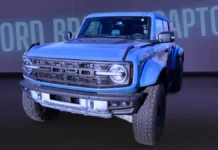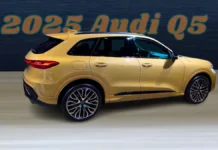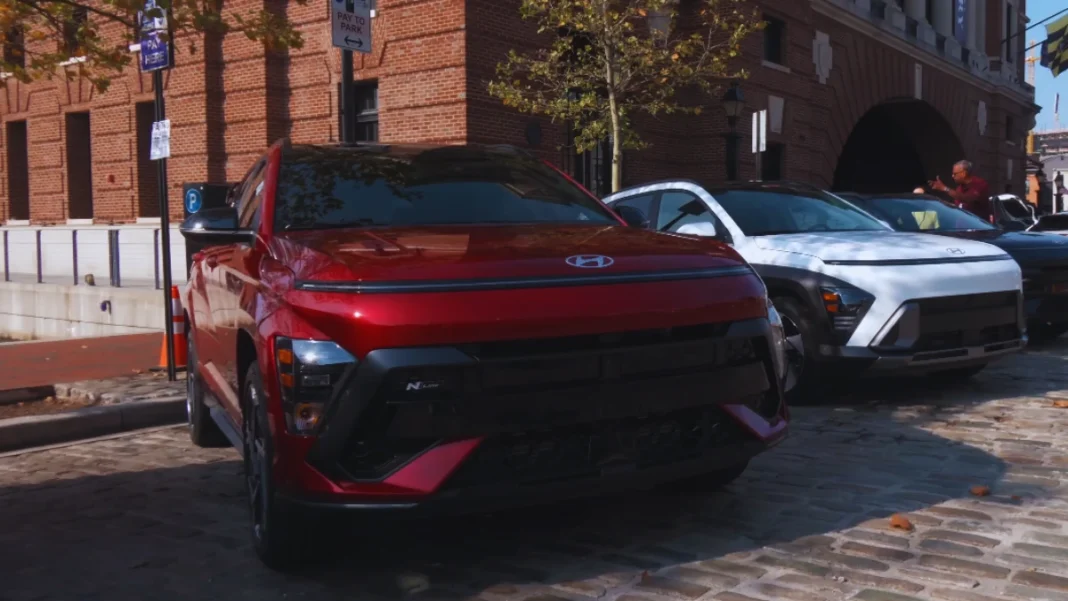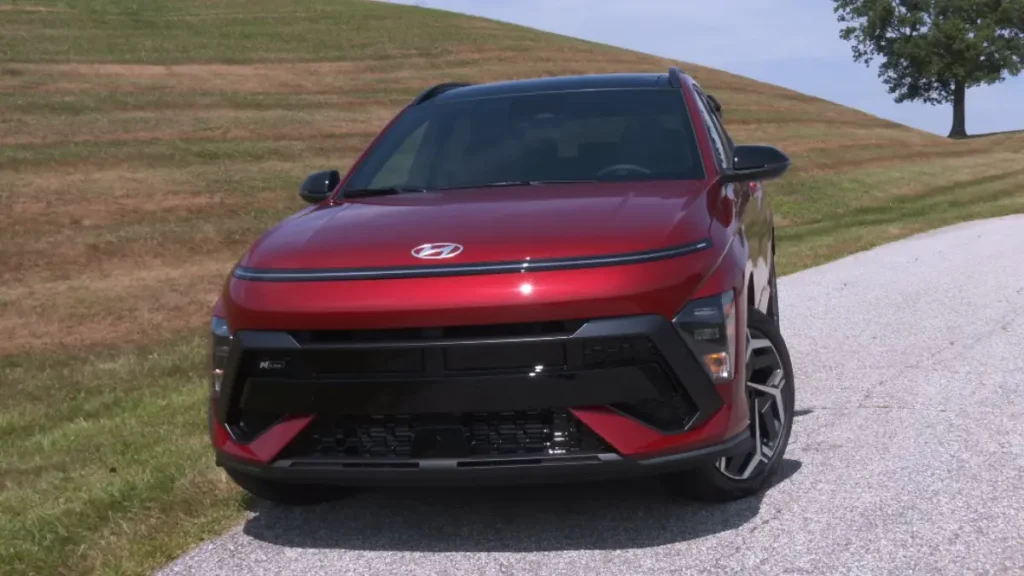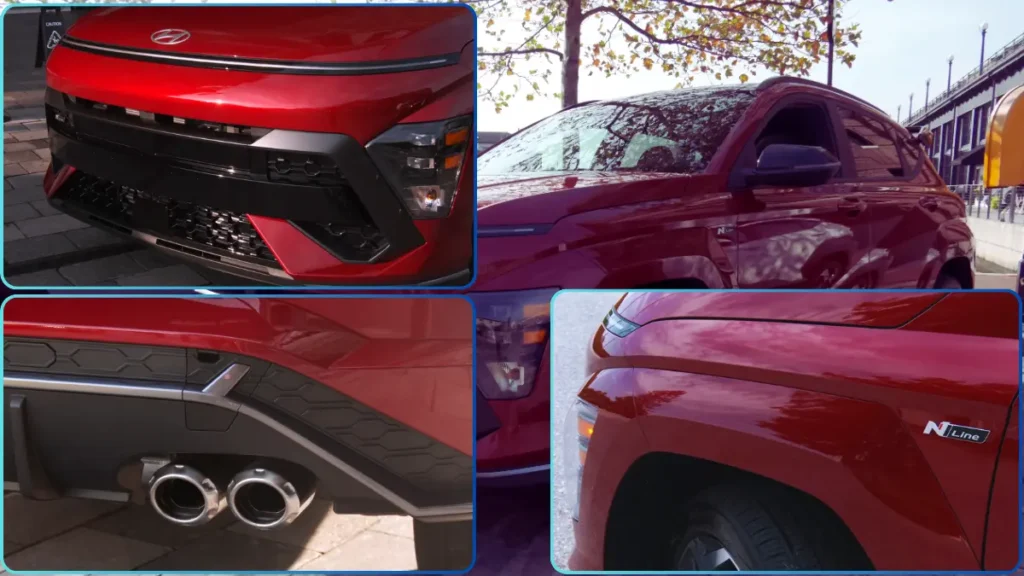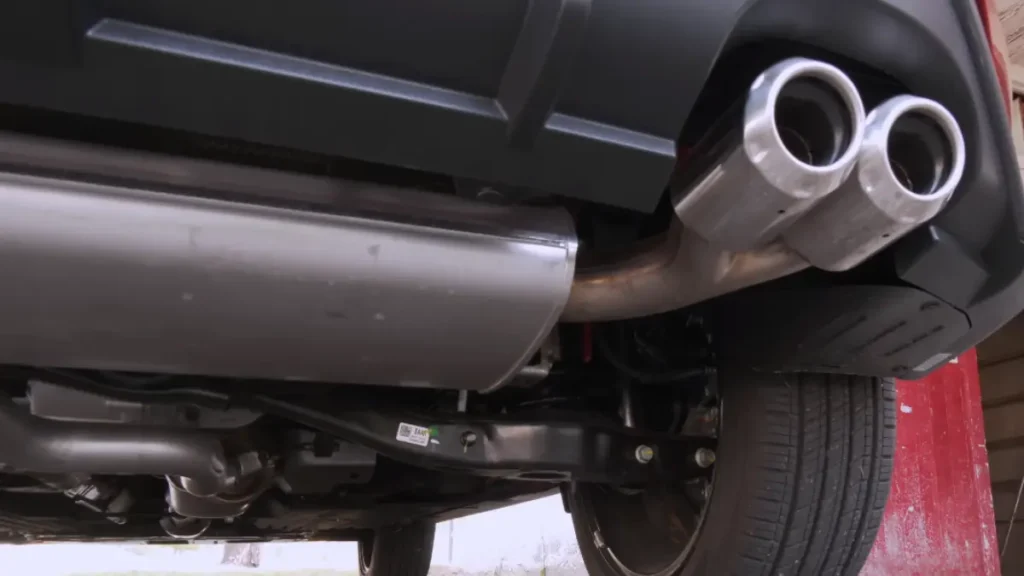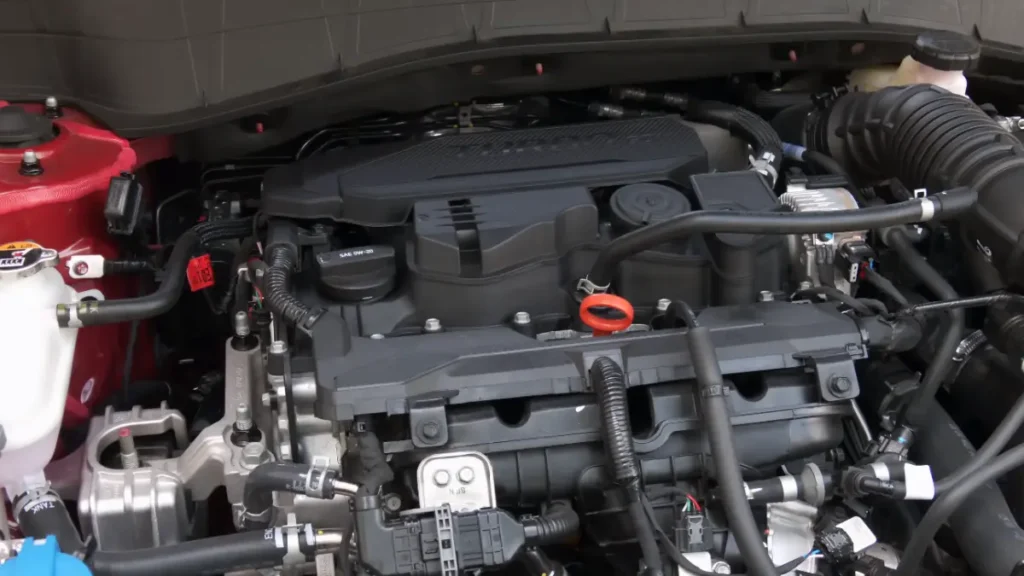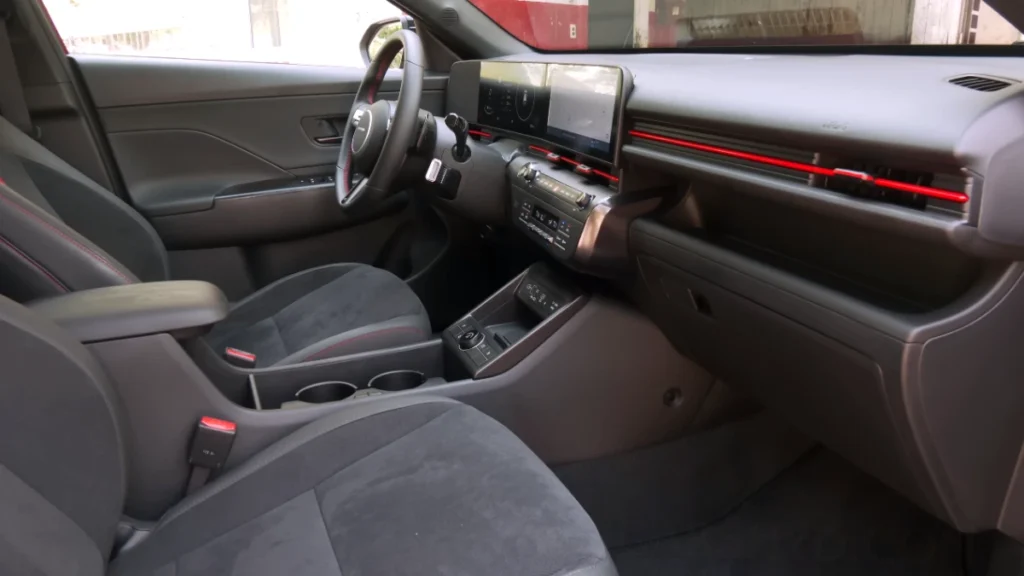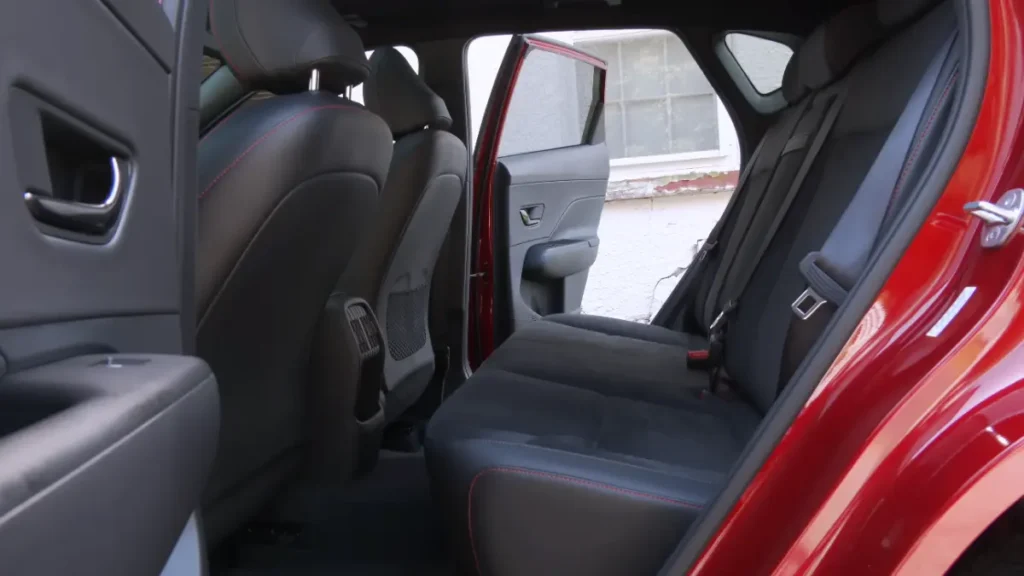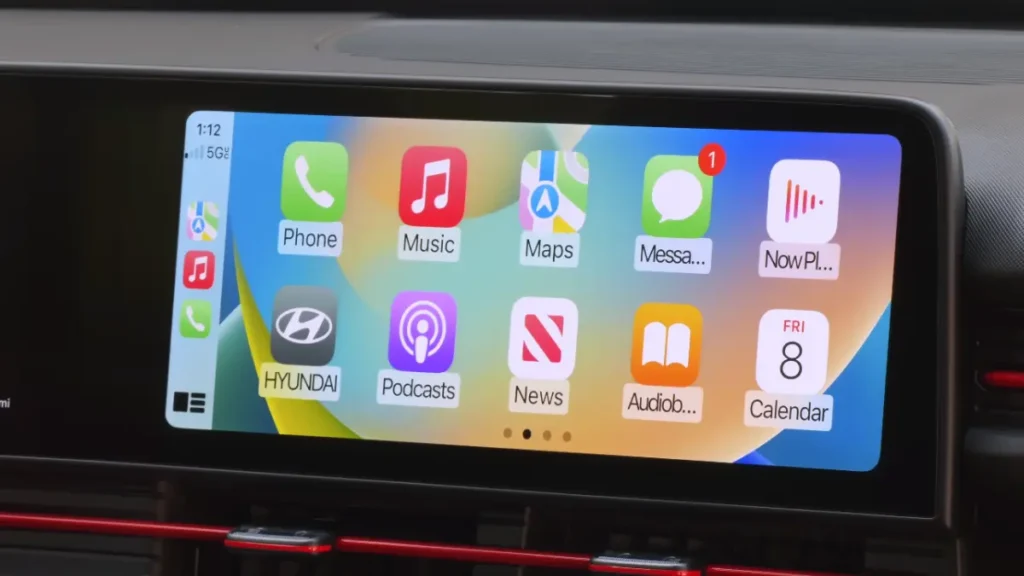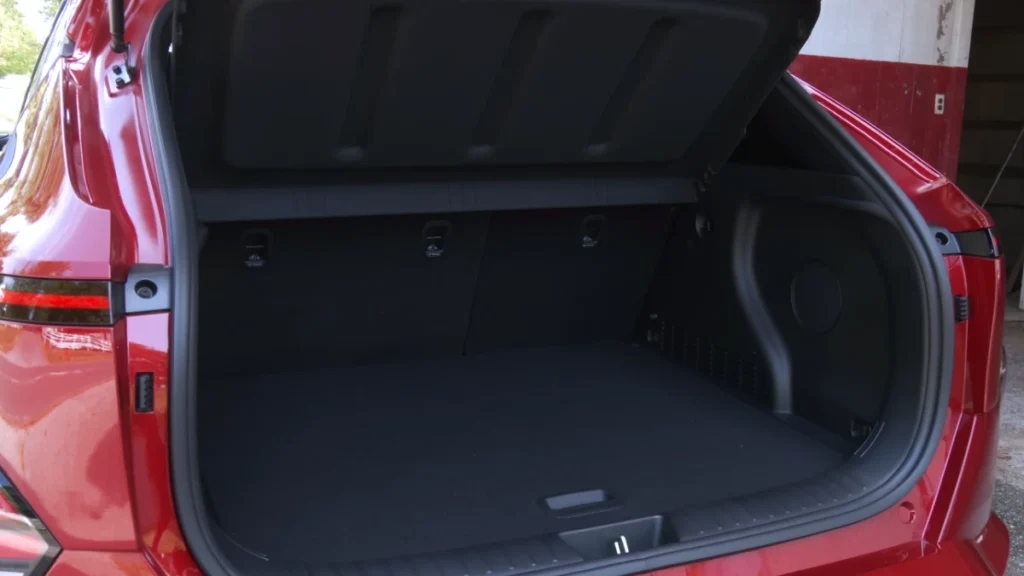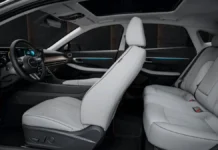Table of contents
- Overview
- What’s New for the 2025 Hyundai Kona N Line
- Exterior and Styling Updates
- Chassis and Handling Enhancements
- Powertrain and Performance
- Interior, Tech, and Comfort
- Safety and Driver Assistance
- Pricing, Trims, and Value
- How the 2025 Kona N Line Compares to Rivals
- Fuel Economy and Ownership Costs
- Expert Insight
- Pros and Cons
- Final Thought
- FAQs
Overview
The 2025 Hyundai Kona N Line arrives as a refreshed, sport-oriented take on Hyundai’s popular subcompact crossover. Balancing sharper styling, tuned handling, and useful everyday features, the 2025 Hyundai Kona N Line aims to attract drivers who want a fun-to-drive small SUV without stepping into full high-performance territory. In this article you’ll learn what’s new for 2025, engine and performance details, interior tech and comfort, safety features, pricing expectations, how it compares to rivals, and whether it’s the right choice for you.
What to expect:
- A clear breakdown of specs, performance, and trim features
- Comparisons to key competitors
- Recommended multimedia and data points to support car-shopping decisions
- Expert insight and answers to frequently asked questions
What’s New for the 2025 Hyundai Kona N Line
Hyundai continues to refine the Kona lineup. The 2025 Hyundai Kona N Line receives several updates aimed at driving dynamics and visual appeal.
Exterior and Styling Updates
- Sportier front fascia with N Line-specific grille and mesh inserts
- Matte or gloss black trim accents, larger alloy wheels (18–19-inch optional)
- Subtle rear diffuser, integrated dual exhaust tips, and N Line badging
These changes create a more aggressive presence compared with standard Kona trims while remaining practical for daily use.
Chassis and Handling Enhancements
- Slightly firmer suspension tuning and revised dampers
- Larger front stabilizer bar for reduced body roll
- Optional performance tires and upgraded brakes on some packages
The result: sharper cornering and a more engaging driving feel compared to non-N Kona variants.
Powertrain and Performance
One of the defining elements of any N Line model is improved driving character rather than outright track focus.
Engine Options
- Base N Line: 1.6L turbocharged 4-cylinder — estimated 195–205 horsepower and 195–215 lb‑ft of torque
- Transmission: 7-speed dual-clutch transmission (DCT) or optional 8-speed automatic depending on market
- Drivetrain: Front-wheel drive standard; optional all-wheel drive (AWD) packages in some regions
These figures position the 2025 Hyundai Kona N Line between the standard Kona and the full Hyundai N models (which are significantly more powerful). The turbocharged 1.6L delivers ample mid-range torque for city passing and highway merging.
Performance Numbers (Estimated)
- 0–60 mph: ~7.0–7.5 seconds (FWD); slightly quicker with optimized DCT
- Top speed: electronically limited for safety and efficiency
- Fuel economy: approx. 28–33 mpg combined depending on drivetrain and wheel choice
Note: Exact figures depend on final EPA or WLTP certification in different markets. Always verify specific model data with local dealerships.
Interior, Tech, and Comfort
The 2025 Hyundai Kona N Line pairs sport-focused aesthetics with everyday usability.
Cabin Design
- N Line sport seats with bolstering, contrast stitching, and N logos
- Aluminum or faux-carbon trim, N Line steering wheel, unique shift knob
- Improved noise insulation compared to previous generations
Infotainment and Connectivity
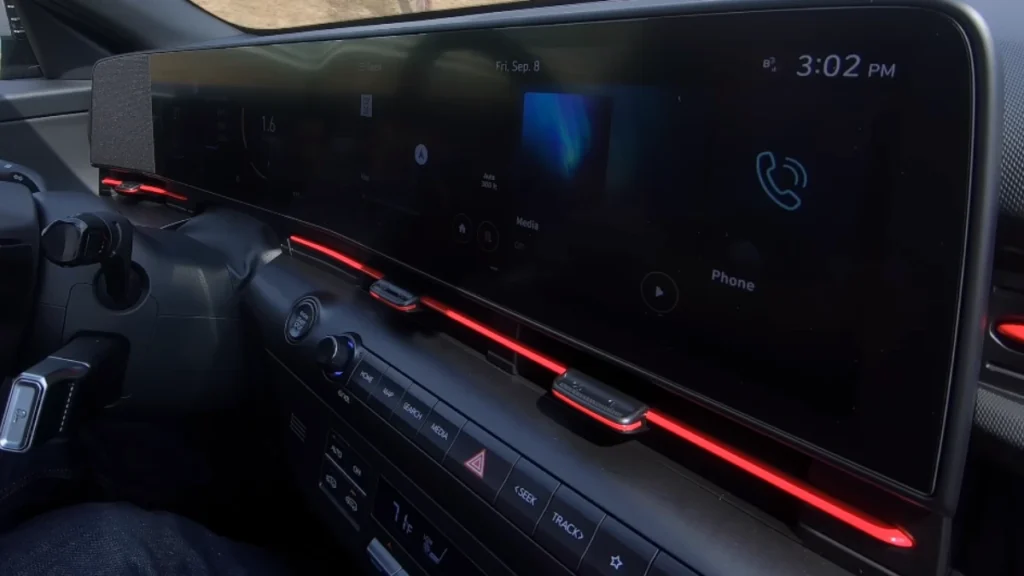
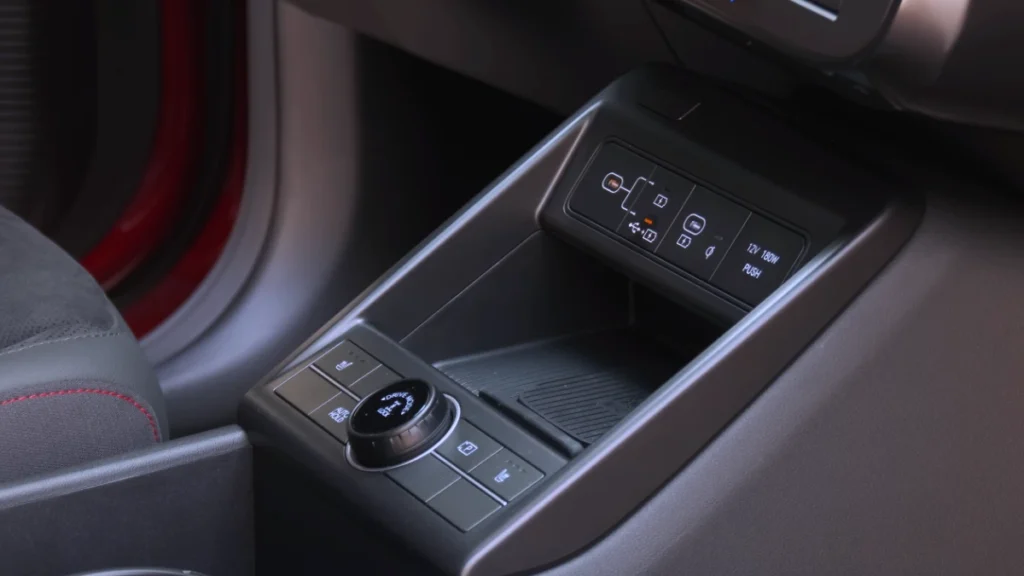
- 8–10.25-inch touchscreen (larger screen on higher trims) with wireless Apple CarPlay and Android Auto
- Digital instrument cluster (10.25-inch optional) with performance display modes
- Wireless charging pad, multiple USB-C ports, and available Wi-Fi hotspot
Cargo and Practicality
- Cargo volume similar to standard Kona — roughly in the 19–25 cu ft range behind the rear seats (folding seats expand cargo capacity)
- Rear-seat comfort is adequate for adults on short trips; best suited to families seeking a compact, city-friendly SUV
Safety and Driver Assistance
Hyundai equips its vehicles with a broad suite of safety features; the 2025 Hyundai Kona N Line continues this trend.
Standard and available systems:
- Forward Collision-Avoidance Assist with pedestrian and cyclist detection
- Lane Keeping Assist & Lane Following Assist
- Blind-Spot Collision-Avoidance Assist
- Adaptive Cruise Control with stop & go
- Rear Cross-Traffic Collision-Avoidance Assist
Safety ratings: Historically, the Kona has earned solid crash-test results from IIHS and Euro NCAP in prior model years. For 2025, check the latest IIHS and NHTSA results once testing for the updated model is complete.
Pricing, Trims, and Value
Hyundai positions the N Line as a step above base trims but below full performance “N” variants. Pricing estimates for the 2025 Hyundai Kona N Line (U.S. market estimate):
- Base Kona SE: starting point for reference
- Kona N Line: estimated MSRP $28,000–$32,000 depending on options and AWD
- Fully optioned N Line (with tech and safety packages): approaching mid-$30k range
The N Line typically offers better value than moving to a full N model: you gain sportier driving dynamics and appearance for a modest price premium.
How the 2025 Kona N Line Compares to Rivals
Key competitors include: Honda HR-V Sport/Touring, Mazda CX-30 Turbo, Volkswagen Taos, and Subaru Crosstrek Sport.
Head-to-head highlights
- Versus Mazda CX-30 Turbo: Mazda may offer a more premium interior feel; Kona N Line often undercuts on price while delivering similar power.
- Versus Honda HR-V: Kona N Line is sportier and more powerful than typical HR-V trims.
- Versus VW Taos: Taos emphasizes space and comfort; Kona N Line leans into handling and sport styling.
- Versus Subaru Crosstrek: Crosstrek’s AWD competence and ground clearance appeal to outdoorsy buyers; Kona N Line is likely more agile on pavement.
Ultimately, the 2025 Hyundai Kona N Line is for buyers who prioritize sporty styling and engaging on-road dynamics while still needing the practicality of a compact SUV.
Fuel Economy and Ownership Costs
Fuel economy affects running cost and environmental impact.
- Expected combined fuel consumption: approx. 28–33 mpg (U.S. combined) for FWD turbo models
- Insurance: Sport-focused trims can carry slightly higher premiums; get quotes before purchase
- Maintenance: Hyundai’s warranty (commonly 5-year/60,000-mile basic and 10-year/100,000-mile powertrain in the U.S.) is one of the brand’s strong ownership advantages
These warranty and maintenance considerations contribute to the Kona’s strong ownership value proposition.
Expert Insight
“The Kona N Line hits the sweet spot for buyers who want sporty aesthetics and sporty feel, without sacrificing too much efficiency or everyday usability,” says automotive industry analyst **Jane Roberts**.
Om Lammers, a performance vehicle reviewer, adds: “While it’s not a full‑blown performance N‑model, the 2025 Kona N Line gives most casual drivers more than enough punch, and the styling cues and tech upgrades make it much more enjoyable than standard compact crossovers.”
Pros and Cons
- Pros:
- Sporty styling and more engaging handling than base Kona
- Competitive price vs full N and rivals
- Strong warranty and practical interior features
- Cons:
- Not a full-performance N model — power is moderate
- Rear-seat space limited compared to larger compact SUVs
- Sportier tires and suspension can slightly reduce ride comfort for some buyers
Final Thought
The 2025 Hyundai Kona N Line offers an attractive mix of sporty styling, sharper handling, and practical everyday utility. It’s ideal for buyers who want a more engaging drive than the base Kona without paying the premium for a full N high-performance model. With modern infotainment, advanced driver-assist systems, and Hyundai’s competitive warranty, the Kona N Line remains a strong contender in the hot compact-SUV market.
Post You May Find Useful:
FAQs
Q1: What is the difference between the Kona N Line and Kona N?
- A1: The Kona N Line is a sport-styled and tuned trim with enhanced looks and chassis tweaks; the Kona N is a high-performance model with significantly more power, track-capable components, and performance-focused engineering.
Q2: Is the 2025 Hyundai Kona N Line available with AWD?
- A2: Availability varies by market; Hyundai typically offers AWD as an option on certain trims. Check local configurations or dealer inventory for AWD availability.
Q3: What is the fuel economy of the 2025 Kona N Line?
- A3: Estimated combined fuel economy is around 28–33 mpg (U.S. combined) for the 1.6L turbo FWD model. Final EPA/WLTP ratings will be confirmed on official spec sheets.
Q4: How much will the 2025 Kona N Line cost?
- A4: Expected starting MSRP in the U.S. is roughly $28,000–$32,000 depending on options and drivetrain. Prices will vary by region and dealer.
Q5: Should I choose the N Line over a Honda/ Mazda competitor?
- A5: If you prioritize a sportier look, engaging handling, strong warranty, and good value, the Kona N Line is a compelling choice. Compare test drives, interior comfort, and dealer incentives to decide.



